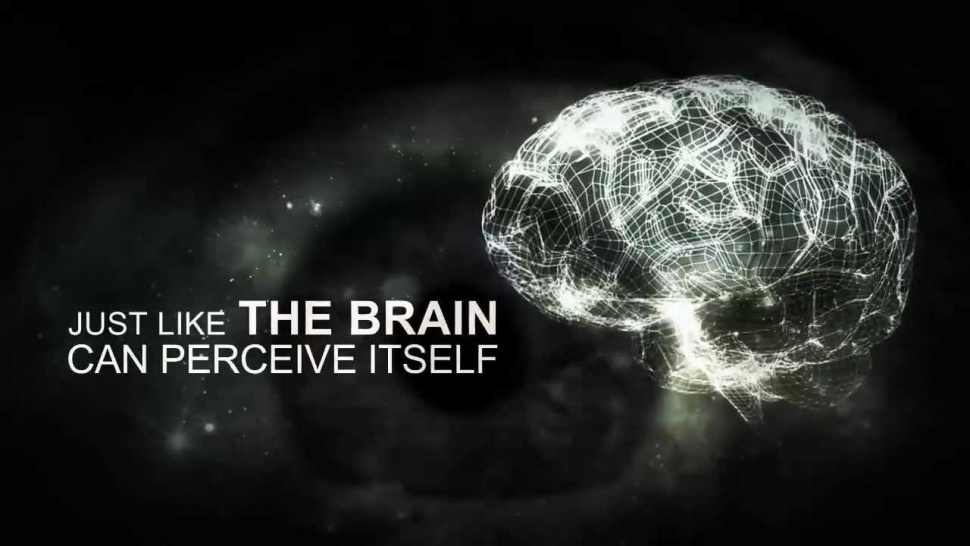Helping staff to see them
20 Hours to learn, 10,000 Hours to master. Is competence somewhere in the middle? This level of understanding comes from seeing the pattern.
Josh Kaufman purports that it takes just 20 hours to establish a base level in a new skill. Malcolm Gladwell popularised the notion that it takes 10,000 hours to become a master at it. A premise debated by David Epstein. On either side of the nature vs nurture debate I don’t think there is any denying that practicing helps more than it hinders.
By repeatedly exposing someone to combinations of variables they get to build a dictionary of possibilities and see how all the pieces fit together.
In situations involving business risk how can a novice practice to gain the exposure required to safely rack up experience?
Documentation is good but not everything.
There is nothing better than experiencing something for yourself. You can discover the pattern of an outcome by exploring and experimenting along the path. In the business world this isn’t practical. The found knowledge of predecessors has cost the company time and money that most are unwilling to blindly spend again.
So how do most companies get around this? Policies, processes, checklists, and standard operating procedures. Lists of things to do and not to do. These make good common sense and are a prerequisite for an effective workforce. But this isn’t where to stop. These alone don’t help communicate those previous lessons. They are just the byproduct. These by nature are all WHAT and HOW documents. You can’t see a pattern without also knowing WHY, WHERE, WHEN, and WHO.
The potential for problems here is that blind acceptance by staff can lead to the application of the status quo, with no deeper understanding or iterative improvement. Some people might argue thats exactly what you want, good process orientated workers. These type of people don’t know how to create the best outcome, only how to follow the protocol well.
Processes age very quickly. This is especially true for information workers. Changes always need to be made and those in the best position to advise on these are those engaged on the front line. Not people who are just cranking widgets. It takes too much effort to choose to help make those changes if you don’t really understand what you are doing.
Understanding how to do something well comes from being able to see the patterns in the underlaying processes and tasks that make up the result. You truly know something once you see the pattern. You can also know when something is wrong because it is obvious what is out of place.
To understand is to perceive patterns. To make intelligible is to reveal the basic pattern.
Isaiah Berlin
People are wired to seek patterns and the universe is full of them
The people operating the business processes every day are in the best position to provide ongoing improvements. This is what keeps you ahead of the competition.
To safely slingshot the journey from novice to a contributing competent there needs to be:
An understanding of WHY.
By making WHY as important in your process as HOW or WHAT, you immediately give staff the chance to connect with the motivation behind the outcome. This connection opens up thinking about the mechanics of the task instead of just pulling the lever.
Feedback loops.
Open up clear and easy feedback loops. Give feedback on the quality and quantity of results. Make where possible tangible connections to staff about how what they are doing is important to the business. Also openly encourage feedback on the implementation of the processes themselves. In connecting someone to what they have produced and signalling clearly that feedback is welcomed
Empowerment.
Truly delegate the outcomes and associated responsibilities to the team. Results are what matter. Making people responsible for both results and implementation of the process queues a deeper level of thinking. This comes with the caveat that the existing process needs to be run as “known good” first, to avoid any blind adjustments.
In owning what you do over and over again you experience, see, and learn the patterns.




Share the News